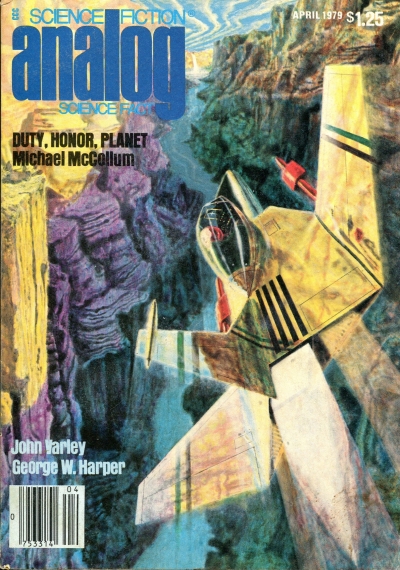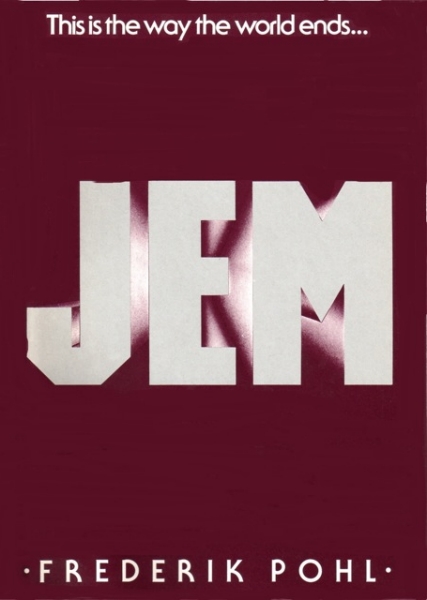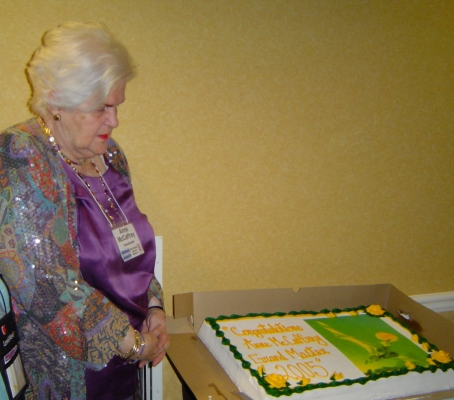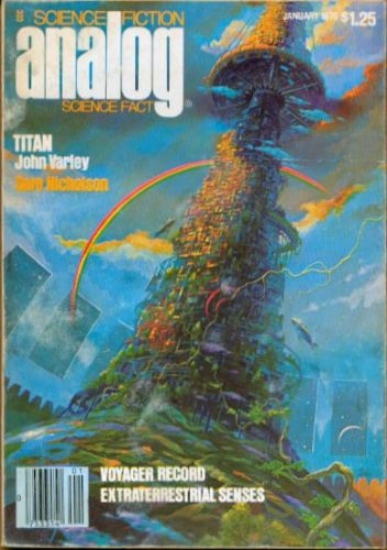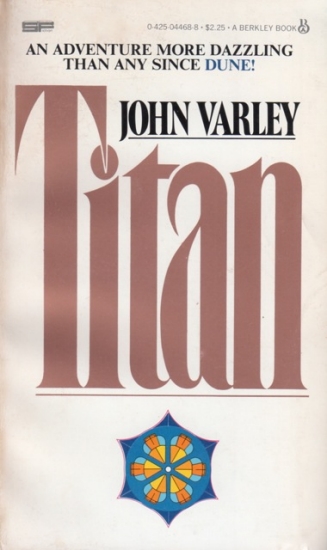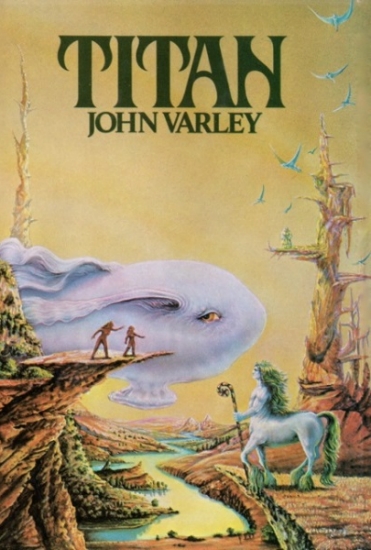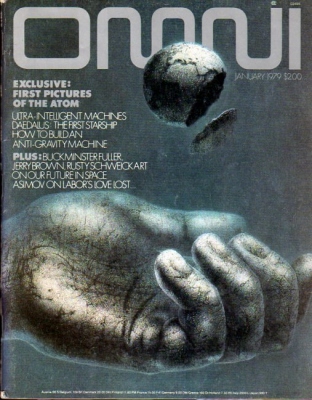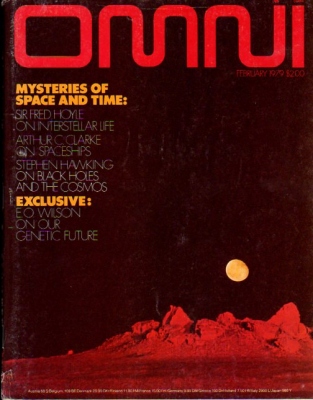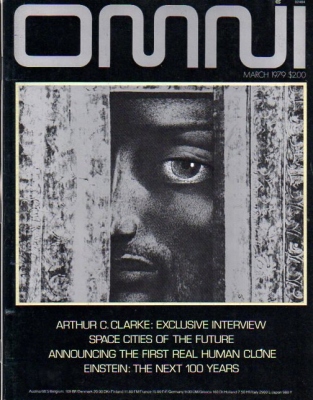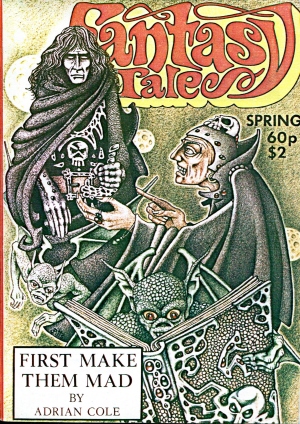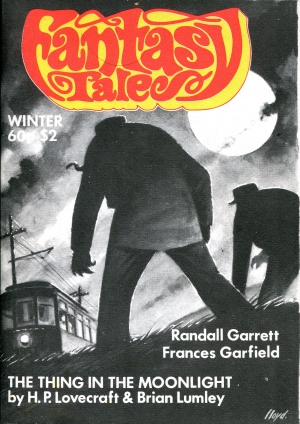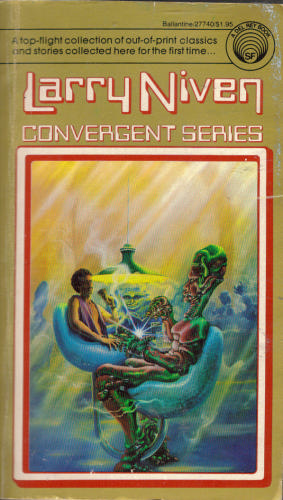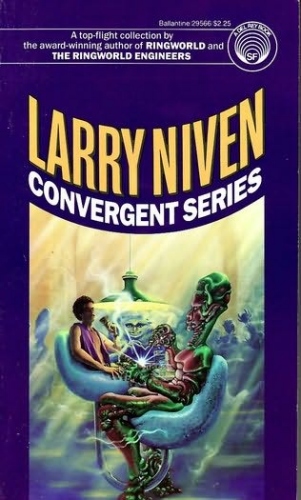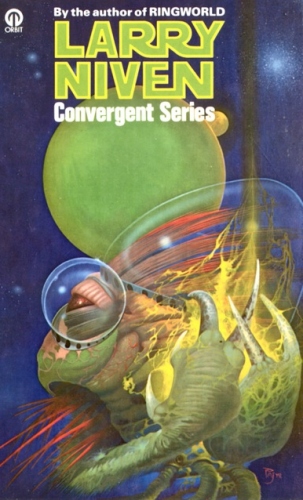The Golden Age of Science Fiction: David Langford

The Fan Activity Achievement Awards (FAAN) were founded in 1976 by Moshe Feder and Arnie Katz. The award was presented annually from 1975 through 1980 and then became moribund until it was revived in 1994 and presented at Corflu, a convention for fanzine fans. Due to a change in the eligibility year, o awards were presented in 1996, but it has been presented annually since then. The Best Fan Writer Award was presented in the inaugural year to Don C. Thompson. From 1977-1979, Bob Shaw had a three year streak, which was broken in 1980 by David Langford, who won his only FAAN Award in 1980.
Considering David Langford as a fan writer from the perspective of 2019 is very different from his role in 1979. It has now been 10 years since his most recent Best Fan Hugo nomination and 12 years since the last time he won that award (although only 7 since he won his most recent Hugo Award for Best Related Work for The Encyclopedia of Science Fiction, Third Edition). In 1979, he hadn’t won any of the record-tying 29 Hugo Awards that have been voted to him.
Langford began publishing fiction in 1975 with the story “Heatwave” and his first book-length piece of fiction, An Account of a Meeting with Denizens of Another World, 1871 made its appearance in 1979.
From a fannish point of view, in August of 1979, Langford published the first issue of Ansible, which ran between 4 and 10 pages in quarto format until 1987. He ceased publication of it from 4 years before picking up again as a 2 page A4 newssheet in October 1991 and has been publishing it monthly since then.
